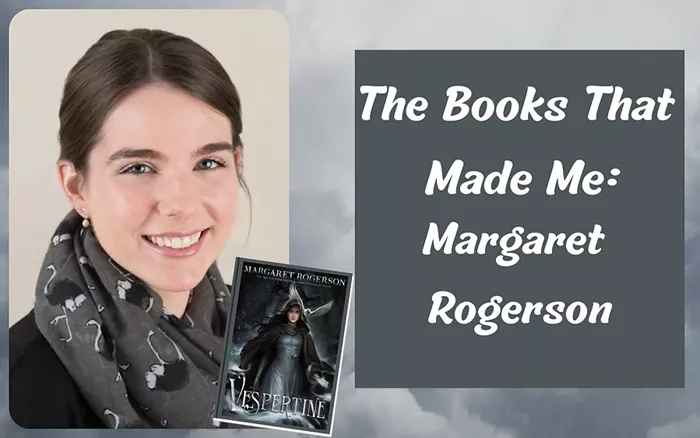For many readers, opening a fantasy novel is a ticket to another world—one filled with magic, mystery, and boundless imagination. But for the authors who create those worlds, the process behind the page can be as complex and challenging as the stories themselves.
Margaret Rogerson, bestselling author of An Enchantment of Ravens, Sorcery of Thorns, and Vespertine, sat down with The Harvard Crimson to share insight into her daily writing routine, the tension between inspiration and labor, and the importance of setting boundaries as a full-time creative professional.
From Reader to Writer
Before becoming a writer, Rogerson was a devoted reader. As a teenager struggling with depression, she turned to books for solace. One novel in particular, Beauty by Robin McKinley, had a profound impact on her.
“When I finished the book, I actually hugged it to my chest,” she recalled. “I thought, ‘I want to make other young people feel the way I felt when I read this.’”
That emotional connection to literature ultimately inspired her to pursue writing as a career.
The Myth of Constant Inspiration
Now a full-time author, Rogerson emphasizes that a consistent routine is more important than waiting for inspiration to strike.
“I believe there’s this idea that writers are always working from a place of inspiration and creative passion—but that’s actually not really true,” she said. “If you wait for inspiration, you’ll never finish the book. It’s about hard work and dedication.”
Currently, her writing routine includes early morning sessions—an adjustment she made while working on her latest manuscript. She now does most of her writing between 6 and 10 a.m., a shift from her previous habits.
But even with structure in place, creative output requires input—and that balance, she says, can be difficult to maintain.
“One of the biggest struggles I face is balancing output with input,” she said. “I have to be consuming creative things to stay inspired, but that takes time away from actually writing.”
Creating Worlds, One Word at a Time
Each of Rogerson’s books exists in its own standalone fantasy world, complete with original characters, magic systems, and lore. This creative decision allows for exploration, but it also means starting from scratch with each project—a time-consuming process that contributes to a slower publication pace.
“It’s one reason I don’t produce books as quickly as some other authors,” Rogerson said. “I spend a lot of time developing the worlds.”
Her anthropological background—she holds a degree in cultural anthropology from Miami University—informs her work. She sees fantasy as a continuation of humanity’s earliest forms of storytelling.
“I love fairy tales and myths,” she said. “They hold truths or themes we’ve been telling each other since the dawn of time.”
Art, Family, and Influence
Rogerson’s debut novel features a protagonist who is a painter, a character inspired by her mother, a visual artist who worked with oil, watercolor, and acrylics. Growing up surrounded by the textures and smells of paint, Rogerson developed a deep appreciation for the artistic process—an experience that helped shape the novel’s narrative.
Although she draws creative influence from the world around her, Rogerson describes herself as a “secretive” writer. Solitude, she said, is essential to her process.
The Pressure of Turning Passion into a Profession
Turning a beloved hobby into a career has brought both rewards and pressures. As part of the publishing industry, Rogerson said it’s easy to fall into the trap of overwork.
“Publishing is, in some ways, oriented around the idea that you will literally pour your lifeblood into your work,” she said. “You’re taking the thing you love most in the world and turning it into your job.”
That flexibility—being able to work from anywhere at any time—can blur the line between productivity and burnout. Guilt often accompanies downtime, Rogerson admitted.
“There’s this little voice saying, ‘You could be working right now,’” she said.
To combat that pressure, she sets firm boundaries, especially in the evenings.
“I tell myself, ‘You are taking a break now.’ Whether it’s reading, watching a documentary, or just relaxing—no more work.”
The Value of Routine
For Rogerson, maintaining a consistent routine is non-negotiable. But she emphasizes that each writer must define their own structure.
“Every writer has a different routine. The important thing is just to have one and stick to it,” she said. “Whether it’s 300 words before breakfast every day or writing 2,000 words on Friday nights—what matters is consistency and dedication.”
Writing Through Doubt
Even with multiple bestsellers to her name, Rogerson admits that self-doubt remains a part of the process. There are days, she said, when writing feels difficult, uninspired—even impossible.
“That’s completely normal,” she said. “It doesn’t mean you’re a bad writer. That’s the experience that probably all of your favorite writers go through every day.”

